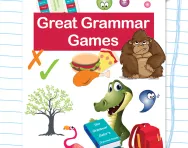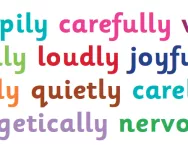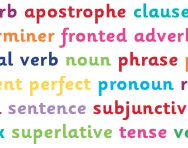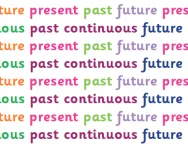Important update from TheSchoolRun
For the past 13 years, TheSchoolRun has been run by a small team of mums working from home, dedicated to providing quality educational resources to primary school parents. Unfortunately, rising supplier costs and falling revenue have made it impossible for us to continue operating, and we’ve had to make the difficult decision to close. The good news: We’ve arranged for another educational provider to take over many of our resources. These will be hosted on a new portal, where the content will be updated and expanded to support your child’s learning.
What this means for subscribers:
- Your subscription is still active, and for now, you can keep using the website as normal — just log in with your usual details to access all our articles and resources*.
- In a few months, all resources will move to the new portal. You’ll continue to have access there until your subscription ends. We’ll send you full details nearer the time.
- As a thank you for your support, we’ll also be sending you 16 primary school eBooks (worth £108.84) to download and keep.
A few changes to be aware of:
- The Learning Journey weekly email has ended, but your child’s plan will still be updated on your dashboard each Monday. Just log in to see the recommended worksheets.
- The 11+ weekly emails have now ended. We sent you all the remaining emails in the series at the end of March — please check your inbox (and spam folder) if you haven’t seen them. You can also follow the full programme here: 11+ Learning Journey.
If you have any questions, please contact us at [email protected]. Thank you for being part of our journey it’s been a privilege to support your family’s learning.
*If you need to reset your password, it will still work as usual. Please check your spam folder if the reset email doesn’t appear in your inbox.
What is Standard English?
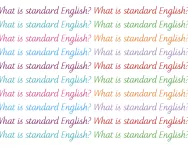
What is Standard English?
Standard English is the variety of English which is used, with minor regional and national variations, as a world language.
The aim of the national curriculum is that everyone should be able to use Standard English as needed in writing and in relatively formal speaking.
Standard English may also be referred to as 'correct' English. It follows grammatical rules like subject-verb agreement and the correct use of verb tenses or pronouns, for example:
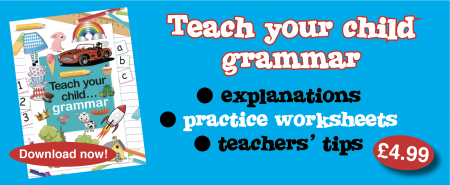
Primary-school grammar: Standard and non-Standard English
The curriculum states that in KS1: 'pupils should begin to use some of the distinctive features of Standard English in their writing'. It also states that, 'Reading and listening to whole books... helps pupils to increase their vocabulary and grammatical knowledge, including their knowledge of the vocabulary and grammar of Standard English.'
In Years 3 and 4 children are taught some of the differences between Standard English and non-Standard English and begin to apply what they have learned in their writing.
Children may also learn about formal and informal language at school. They may be asked to think about the difference between writing a note for a friend and a letter to their headteacher, for example:
Children may be asked to look at these two texts and discuss how they differ.
- The note uses shortened words with 'incorrect' spelling: 'ya', 'choccie' and 'fab'. It includes slang words and phrases: 'do us a favour' and 'cheers'. The writer signs off with an informal 'love' and adds kisses at the end.
- The letter on the right is written in Standard or formal English. The spelling, grammar and punctuation are all correct. The letters starts and ends formally, with 'Dear' and 'Yours sincerely'. No slang is used at all.
Are children tested on their understanding of Standard English?
When Year 6 children sit their Grammar, Punctuation and Spelling test, they may be asked to choose the correct word to put in a sentence so that it is written in Standard English, for example:

They might also be asked to rewrite sentences using more formal language.
Teachers will encourage the use of Standard English throughout a child's time at primary school by reading information and fiction books out loud, modelling writing on the board, speaking in Standard English and highlighting any uses of non-Standard English in their marking of each child's writing.
Register in language
The use of "formal" and Standard English also reflects a particular register or style of speaking and writing.
We use different registers when speaking to different audiences or in different contexts; different registers have different vocabulary (for example the words used by doctors or lawyers when speaking about their area of expertise) and are also more or less formal.



